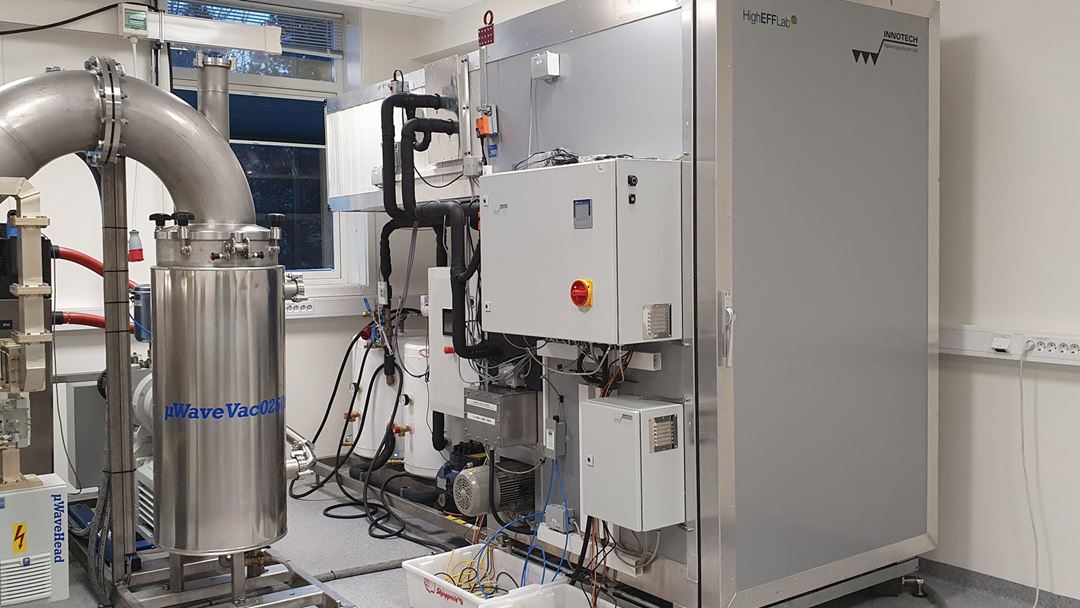The Way Forward after reaching the midpoint
The first four years of the HighEFF centre have been fruitful indeed. On many metrics (the number of spinoff projects or the number of innovations, for instance) the goals set initially have been reached already – and the work is continuing. On other metrics (number of PhDs and associated PhDs, for instance) the goal is nearly reached.
The emission and energy reduction objectives were widely exceeded for the Food and Chemicals sectors. The reductions have been even greater for the other two sectors (Metals and Materials; Oil, Gas and Energy), when measured in absolute numbers. In percentage, however, they have yet to meet the target of 30% reduction in specific energy use and 10% reduction in CO2 equivalent emissions. Expect more concrete result in these sectors during the next four years, says centre director Petter Røkke: "The potential to achieve concrete results in emission and energy reductions is even greater for the second half of the centre's operation. We've established a foundation during the first half that we will build on during the next." Peter Røkke points out that the research at early stages is naturally at a low Technology readiness level (TRL scale) but that as time progresses the various innovations get to a stage where they can be put to use by centre partners. This is expected to happen with a number of research projects in the next four years.
The potential to achieve concrete results in emission and energy reductions is even greater for the second half of the centre's operation.
Helping research progress on the TRL scale will be the focus of HighEFFLab, which started operations this year. "This is a national infrastructure, says Chairman of the Board Arne Ulrik Bindingsbø. It will remain long after the centre has ceased its operations. Some of the installations are still under construction but activities have started and we are excited about what this means for getting our research to reach maturity."
Securing benefits now and far into the future
Making sure that HighEFF's results continue to have an impact after the centre terminates in 2024 will be another priority for the next four years. "We're building a toolbox for energy efficiency, says Arne Ulrik Bindingsbø. Sometimes it doesn't make economic sense for industry to adopt the latest technology immediately, because their current equipment is still far from reaching its life expectancy. Think of it as replacing your fossil-fuel burning car with an electric one. You're not likely to do it if you got a new car just a year ago." The idea with HighEFF's toolbox, he adds, is that the solutions will be there when the industry decides it's time to apply them.
We're building a toolbox for energyefficiency
Another way in which HighEFF's research will exceed its lifespan will be through the continuation of its networking activities, that have been lauded by so many of the centre's partners. "This cross-pollination – people from different industries and sectors exchanging ideas and solutions – has proven to be a popular and effective way for partners to achieve results. It will continue long after HighEFF closes its doors", says Petter Røkke.
Educating the experts we need
For many large industries, implementing new solutions and technologies requires having in-house experts that can ensure everything goes smoothly. "Educating experts that can be employed by the industry is another way to make sure the new solutions we're developing will be used", says Arne Ulrik Bindingsbø. He adds that the PhD and Master's students working within HighEFF will be a precious resource to facilitate change from the inside, once they get employed by the industry.

